Havanese
Havanese Dog Food
| Male | Female |
|---|---|
| Height | Height |
| 23 - 27 cm | 23 - 27 cm |
| Weight | Weight |
| 3 - 6 kg | 3 - 6 kg |
| Life Stage | |
|---|---|
| Adult | |
| 10 to 8 years | |
| Mature | Senior |
| 8 to 12 years | From 12 years |
| Baby | |
| Birth to 2 months | |
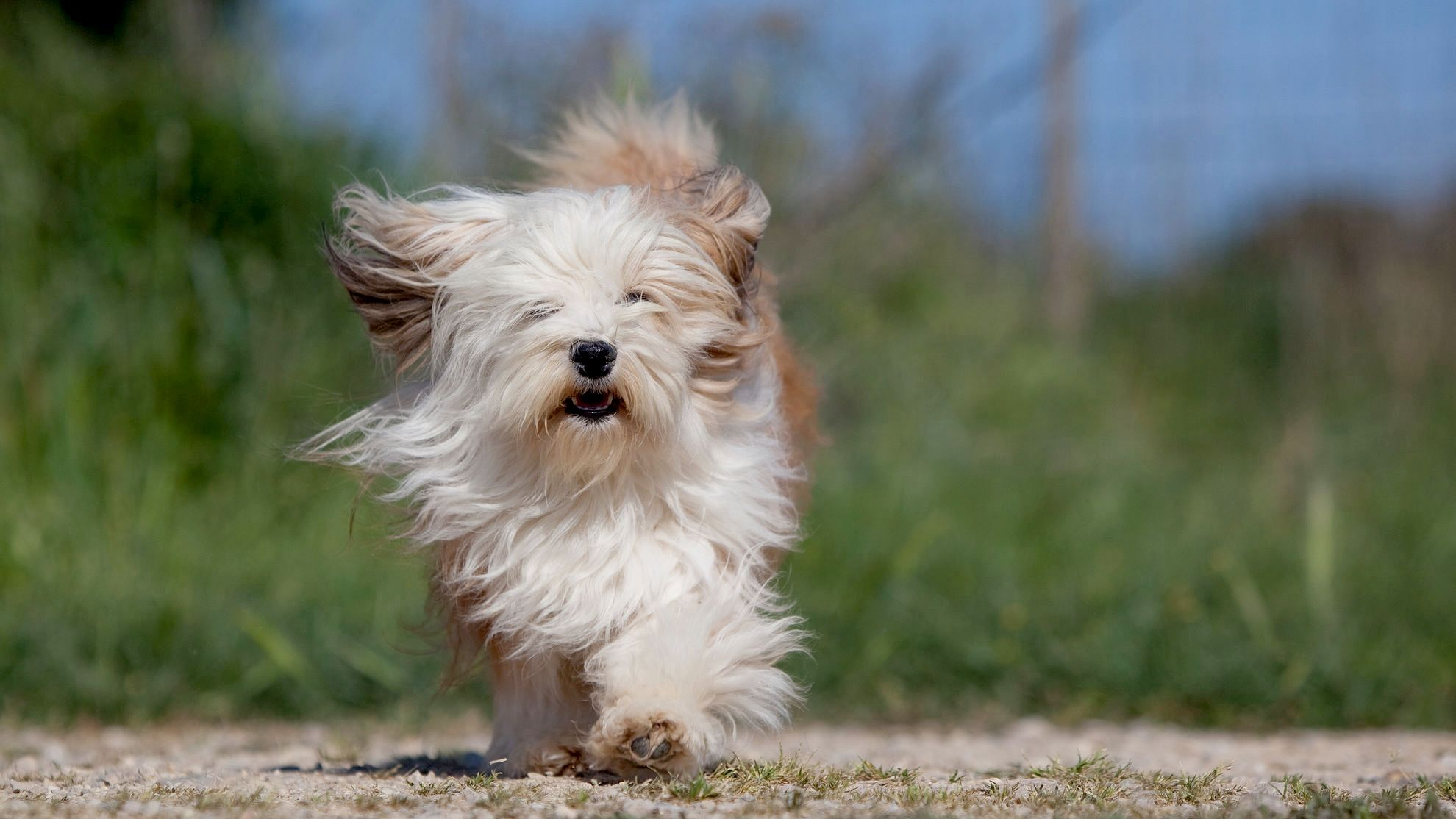
Get to know the Havanese
All you need to know about the breed
Toy breeds are often pampered pets, but new owners will want to indulge their Havanese, so delightful is their gentle temperament and ease of maintenance. This diminutive dog with lustrous locks can most always be found in a contented state. Their admirable traits are many, not least of which is that upbeat attitude. They are excellent with children once trained and even strangers are instant friends as far as the Havanese is concerned. A true companion dog, the Havanese bonds strongly with their family. Weighing in at no more than 13 pounds (6kg), this is a dog who will readily jump into your lap for a snuggle or into the car for an errand—as long as everyone comes along. The more, the merrier!
One of the dog’s most charming aspects: Their naturally comical nature. Havanese have been used over the years as performing dogs, and present-day Havanese are excellent at agility and obedience competitions, their exuberance a great fit for these contests. And even though fully compliant with the ways and means of the homefront, they have a tendency to turn things in their direction—if they can get away with it.
Well-suited to apartment or suburban dwelling, the Havanese can adapt to most any environment. Indoors is best since they’re definitely not the outdoorsy, let’s-go-for-a-long-hike-type. Alert and very smart, they’ll let you know when danger lurks—it may be just the mailman, but rest assured, your Havanese has everything under control.
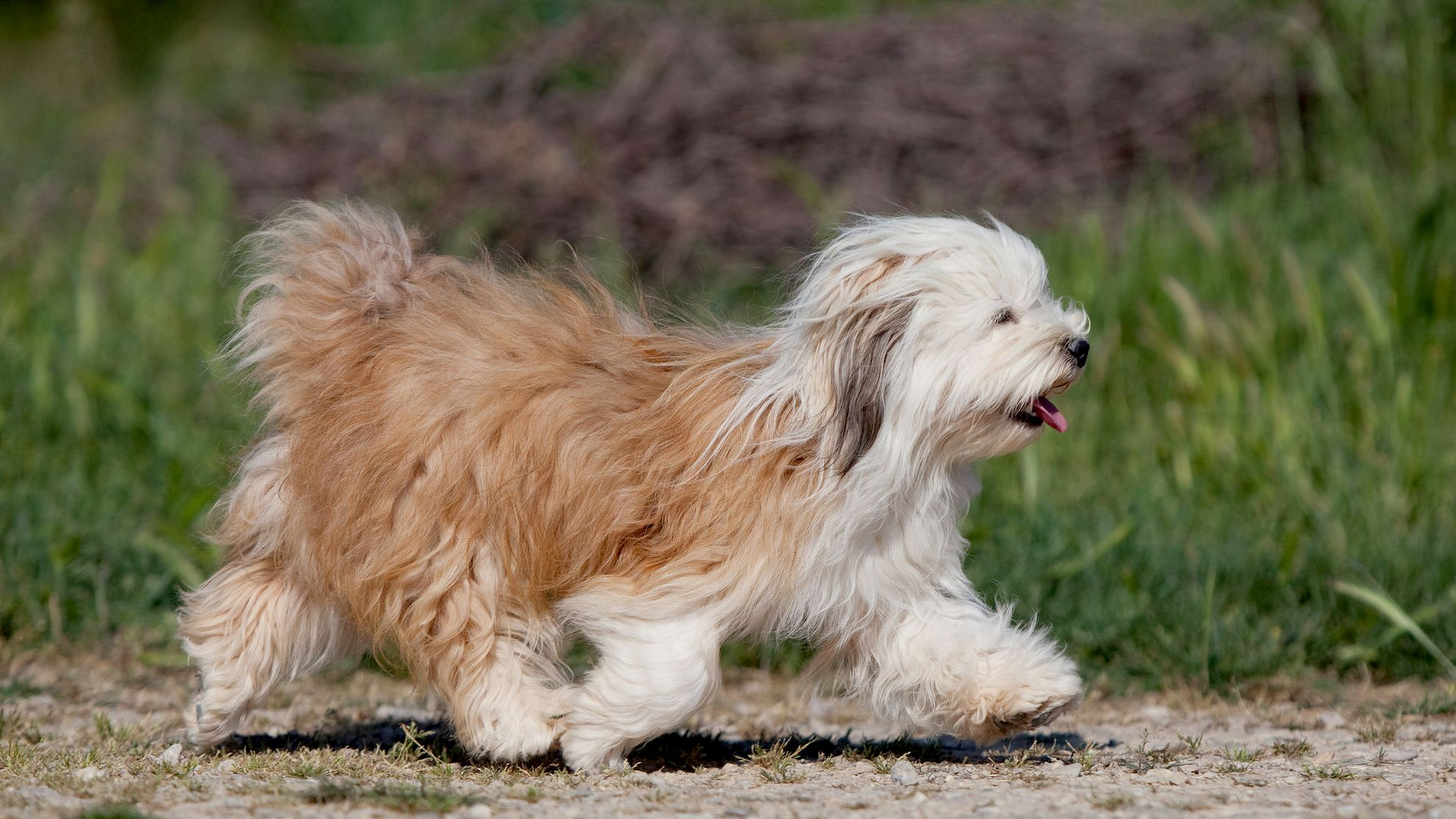
2 facts about Havaneses
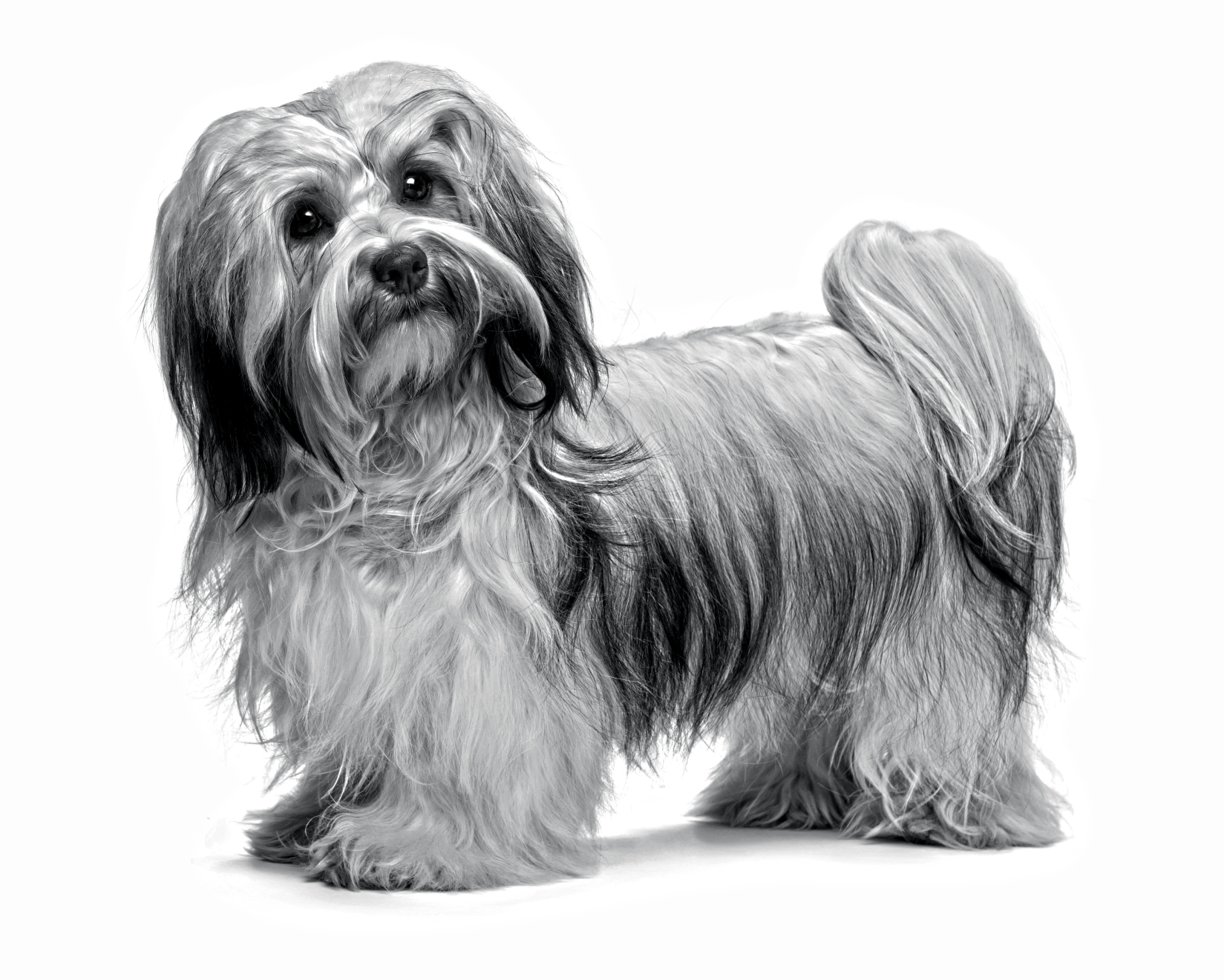
History of the breed
The national dog of Cuba and the island nation’s only native dog, the Havanese has graced the world with their presence and fast become a fan favourite. Backing up a bit, they started out life in Latin America by way of Spain, when it’s said the conquistadors brought the dogs to the Caribbean during the Spanish Empire in the late 1500s. Named for Cuba’s capital, the dog caught on with aristocracy and the wealthy and for the next 300 years enjoyed being pampered pets. No street life for the Havanese, it was only the Communist Revolution that put a damper on their existence. Aristocratic Cubans fled for the U.S., bringing their fluffy dogs along.
The breed is part of the Bichon family of breeds, members of which include the equally popular Bichon Frise, Bolognese, and Maltese.
The American Kennel Club recognised the Havanese as its 142nd breed in 1996.
From head to tail
Physical characteristics of Havaneses
.
.
.
.
.
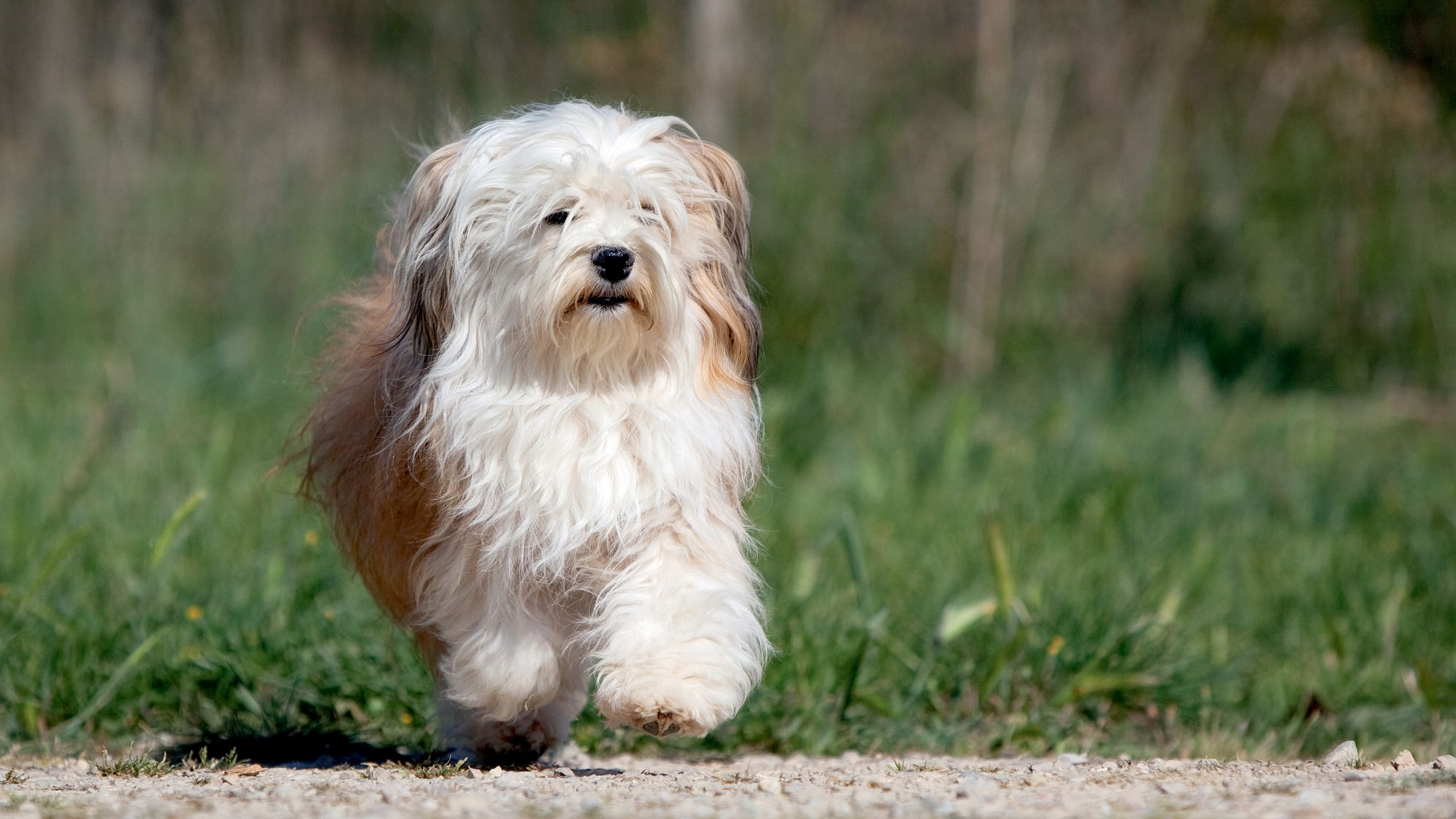
Things to look out for
From specific breed traits to a general health overview, here are some interesting facts about your Havanese
Healthy diet, healthier dog
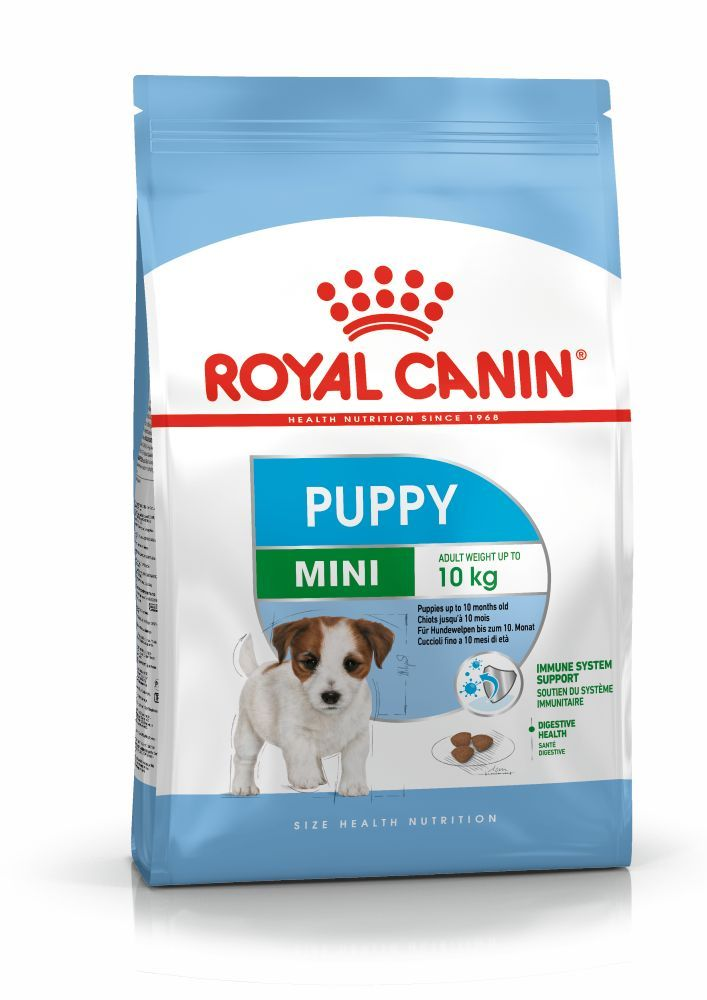
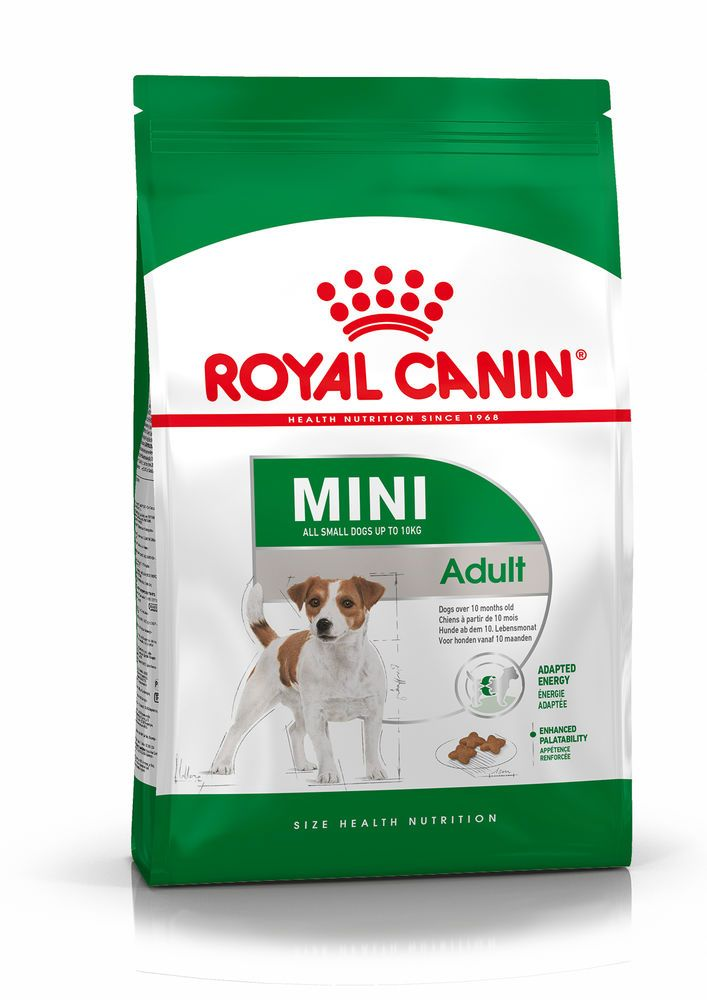
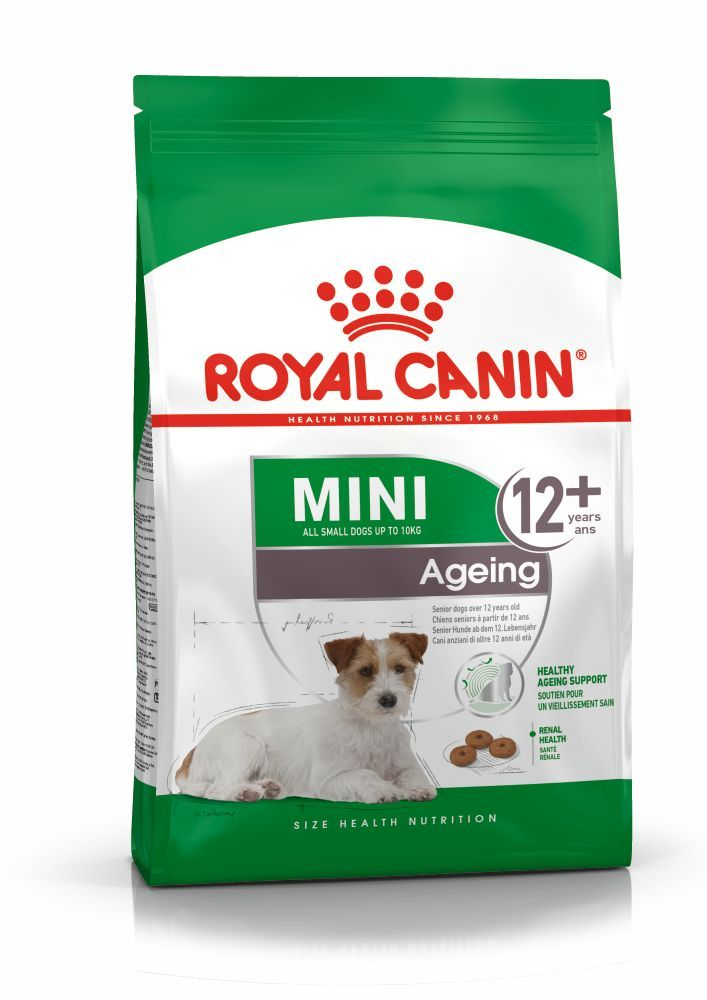
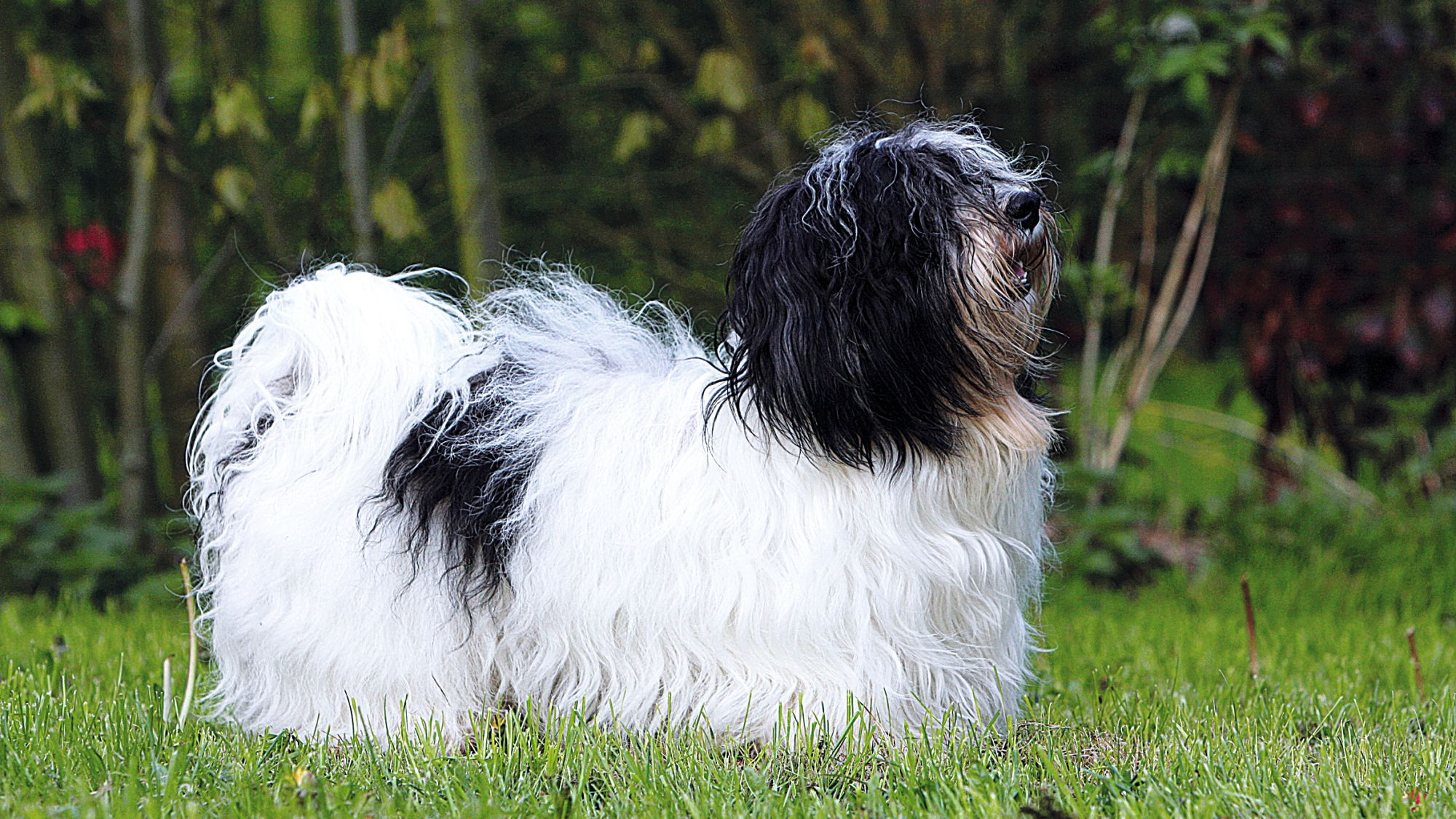
Caring for your Havanese
Grooming, training and exercise tips
7/7
All about Havaneses
Suggested Breeds
Read more on this topic
Sources
- Veterinary Centers of America https://vcahospitals.com/;
- Royal Canin Dog Encyclopaedia. Ed 2010 and 2020
- Banfield Pet Hospital https://www.banfield.com/
- Royal Canin BHN Product Book
- American Kennel Club https://www.akc.org/
Like & share this page